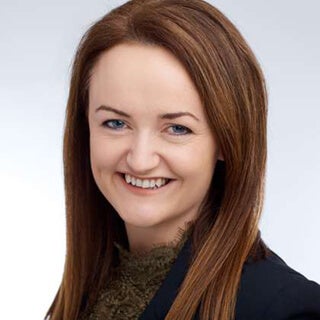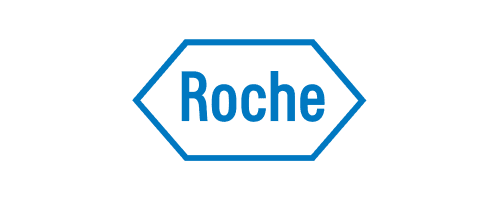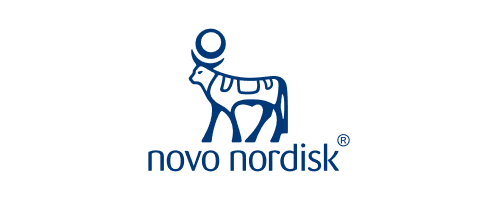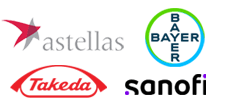Christine Conley-Smith, director of creative and content management operations at Roche, recently fielded questions from Emma Hyland, vice president of commercial content at Veeva, about balancing an emerging global content strategy with local needs.


EH: Does pharma need a global-to-local strategy for content, and if so, why?
CCS: Yes, there are a few reasons. The first is content reuse. We know there’s a general ambition to seize the value story and reuse content, which helps limit duplication of effort and cost. Second, we know that global-to-local is essential for setting up a modular content model – a journey many of us are on and a big topic of conversation at Veeva Commercial Summit.
The third reason is that it helps us deliver – or at least set up – the framework for personalized content and a consistent brand experience. We want patients and customers to have the same brand experience with us no matter where they are. And while sometimes we know the information may vary based on local markets, the branding or the look and feel should be consistent.
Operational efficiency is also a priority. It’s much easier to manage and drive change internally than with external business partners. And it’s a lot easier to leverage our enterprise resources if we all use the global-to-local blueprint to help guide us.
EH: How do you see content operations and content strategy working together?
CCS: An organization’s culture is critical in designing a global content operations strategy that balances the autonomy of local markets. I’m also mindful about saying, “you have to do this because of an enterprise objective” – that narrative doesn’t resonate well.
In some cases, global is leading on specific initiatives, but in other cases, some of our larger affiliates, like the U.S., France, and Germany, have expressed a strong interest and taken the lead. Every company will be different, but I put a stake in the ground for content operations wherever we can. Then we take that value story out on our roadshow and try to grow and scale global-to-local or vice versa.
EH: How do you influence best practices across more autonomous entities?
CCS: We want everyone to follow best practices and behaviors. And people come to us and ask, “What are those guidelines we should follow?” And we’ll help educate them about best practices, such as getting source files to make content reuse easier.
EH: How do you know when you’ve been successful? And what are you benchmarking that success against?
CCS: You have to define some KPIs. For example, you might want to increase content reuse by a certain percentage or reduce MLR cycle time. You have to decide what’s important for you and what KPIs will help you measure success against your strategic objectives.
Veeva Pulse Content Metrics also helps benchmark where you stand against others in the industry, even if you still need to identify formal metrics or KPIs.
EH: Are there other resources or advice you would suggest?
CCS: Industry conferences are a great way to upscale and widen your perspective. Conversations with industry peers at Veeva Commercial Summit have helped me accelerate my thinking. But also, you can learn from colleagues in your own organization who inspire you to be great leaders.
Another piece of advice someone shared with me: “It’s OK to fail.” We’re all working in a very innovative space, and there isn’t a single formula to follow. Be courageous and know when to fail fast. I often quote Franklin D. Roosevelt, who said, “A smooth sea never made a skilled sailor.”
Read more about how Roche balances local needs with global content strategy.
More Customer Stories
Read Press Release
Read Blog
Read Blog




